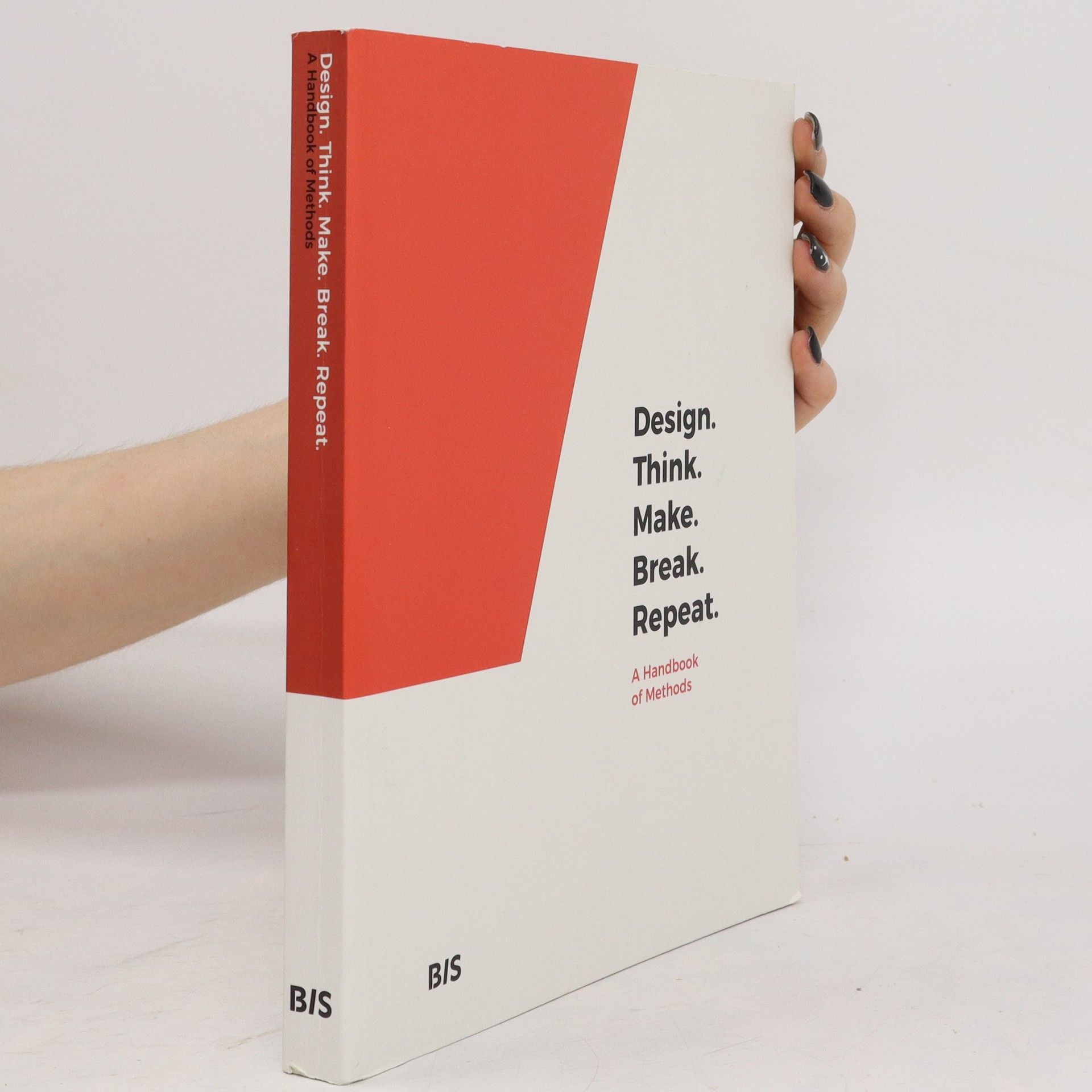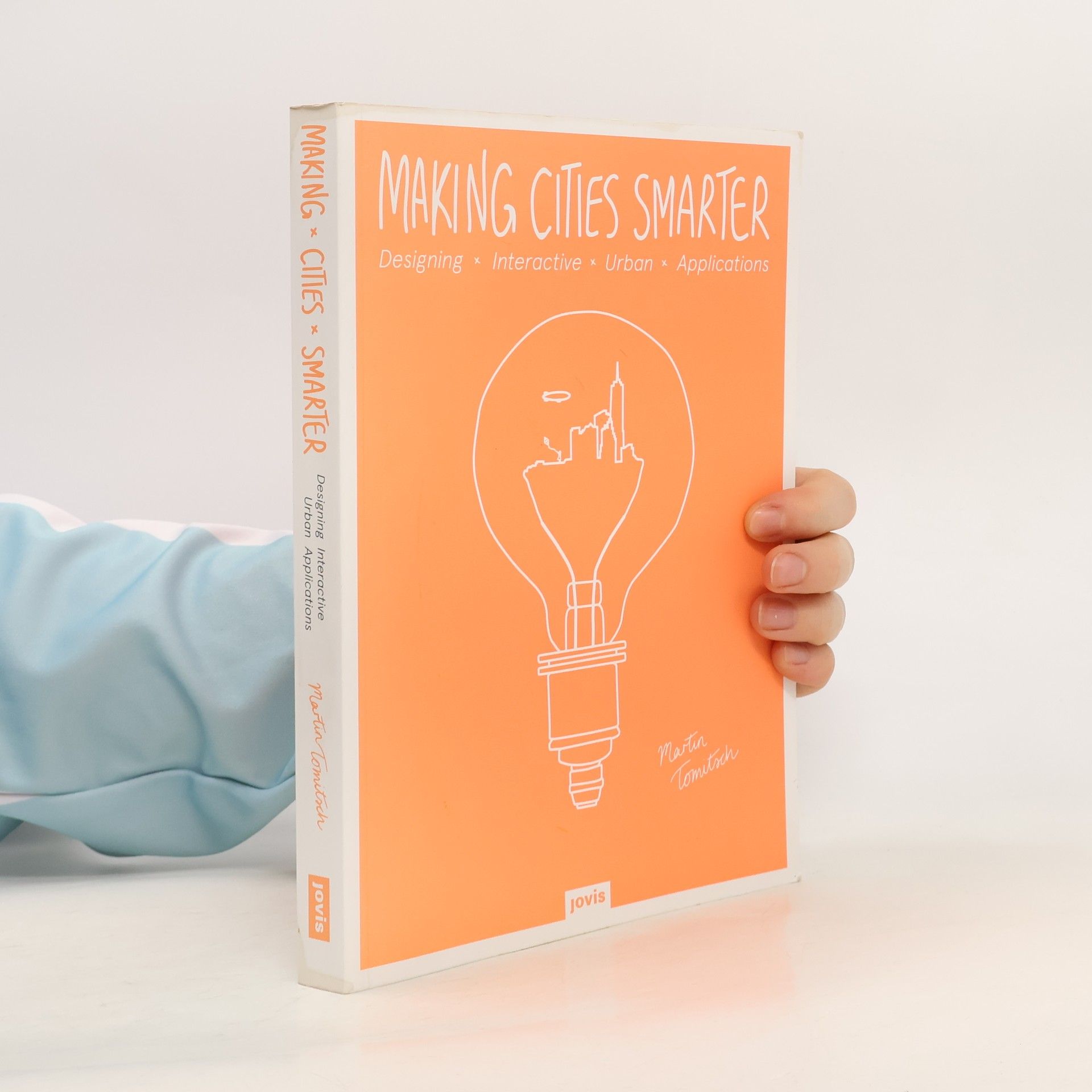"This book provides a practical perspective on the rapidly growing field of smart cities from a user-experience perspective. More than half of the world's population is now living in cities and predictions suggest that this number will rise to two-thirds by 2050. This means that more people than ever before will share the same urban infrastructure, leading to a plethora of challenges. In order to prepare for this, governments around the world are heavily investing in smart city technologies. At the same time, thought leaders and scholars argue for a movement towards smart citizens and more participatory approaches to city making. In Making cities smarter, Martin Tomitsch focuses on an often-overlooked aspect within the smart city discourse-- the design of the interface between citizens and smart city systems."--Page 4 de la couverture.
Martin Tomitsch Knihy





Design. Think. Make. Break. Repeat.
- 160 stránok
- 6 hodin čítania
This handbook documents sixty methods used in design innovation projects leading to the design of new products or services. It is the first publication to bring together methods, tools and case studies that involve multiple design disciplines and perspectives – from product and service design to interaction and user experience design. Design. Think. Make. Break. Repeat. addresses the needs of anyone interested in deploying design thinking academically or operationally inside their organisation. With design thinking becoming an increasingly valued skillset across a wide range of industries, there is an increasing demand for design-based skills in the workplace. More and more organisations are looking at design to improve their businesses and the services and products they offer. The book offers an easily accessible overview of the design thinking process along with a wide range of methods that can be applied across many different areas and contexts. Design. Think. Make. Break. Repeat. is designed as a learning resource to scaffold the reader's understanding of design as a method for innovation. Each method is presented through an evidence-based description along with simple exercises that allow for a hands-on, interactive learning experience, including templates, tools and case studies. It is a must-have for everyone interested in adopting design thinking.
Don't get left behind: learn how to consider long-term and environmental perspectives through strategic design.
Ein Landgut in Schlesien
Die fast 700jährige Geschichte der Erbscholtisei Nieder Mois im Kreis Neumarkt
Dargestellt wird die Geschichte eines Bauerngutes in Niederschlesien, das von etwa 1300 bis ins Jahr 2000 bestanden hat. Dabei werden aufgrund der relativ guten Quellenlage zu diesem Landgut, das lange Zeit zum Kloster Leubus gehört hat, viele sozial- und gesellschaftsgeschichtliche Aspekte beleuchtet. Einen Schwerpunkt bildet die besondere rechtliche Stellung einer Scholtisei, die zwischen Liegnitz und Breslau gelegen hat, und des Dorfschulzen im Wandel der Jahrhunderte.
Die Hexen und das Licht der Vernunft
Kritik am Hexenwahn im 16. Jahrhundert
Über die Schwierigkeit, ein feststehendes Gedankengebäude ins Wanken zu Im 16. Jahrhundert muss man Kritiker des Hexenwahns mit der Lupe suchen. Kaum jemand zweifelte an der Existenz von Hexen, die durch die Luft fliegen können und allerlei Bosheiten auszuhecken pflegen. Volksaberglaube, gebildete Juristen, Ärzte und Theologen waren sich Die Wirklichkeit der Hexerei ist Stand der Wissenschaft. Die Vorstellung allerdings, der Hexenwahn des "finsteren Mittelalters sei von den Aufklärern überwunden worden, trifft so vereinfacht nicht zu. Aufklärer und ein bis heute geschätzter Mediziner betätigten sich als Hexenjäger, Magier waren skeptisch, ein Vertreter der Inquisition schlug sich auf die Seite der Kritiker des Hexenwahns ...